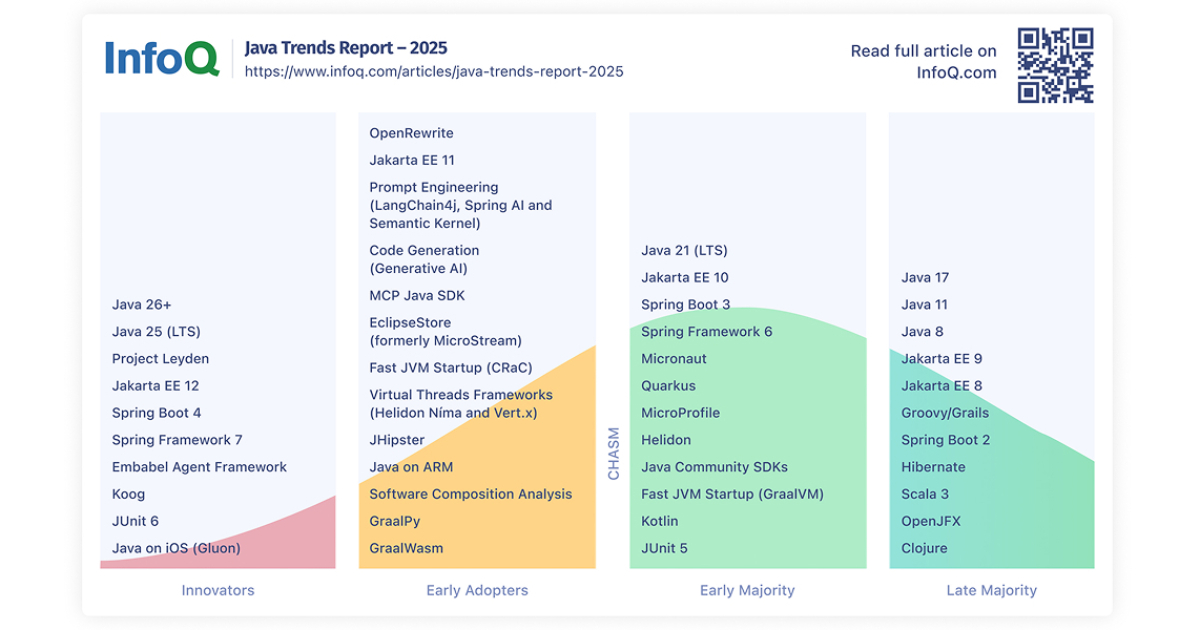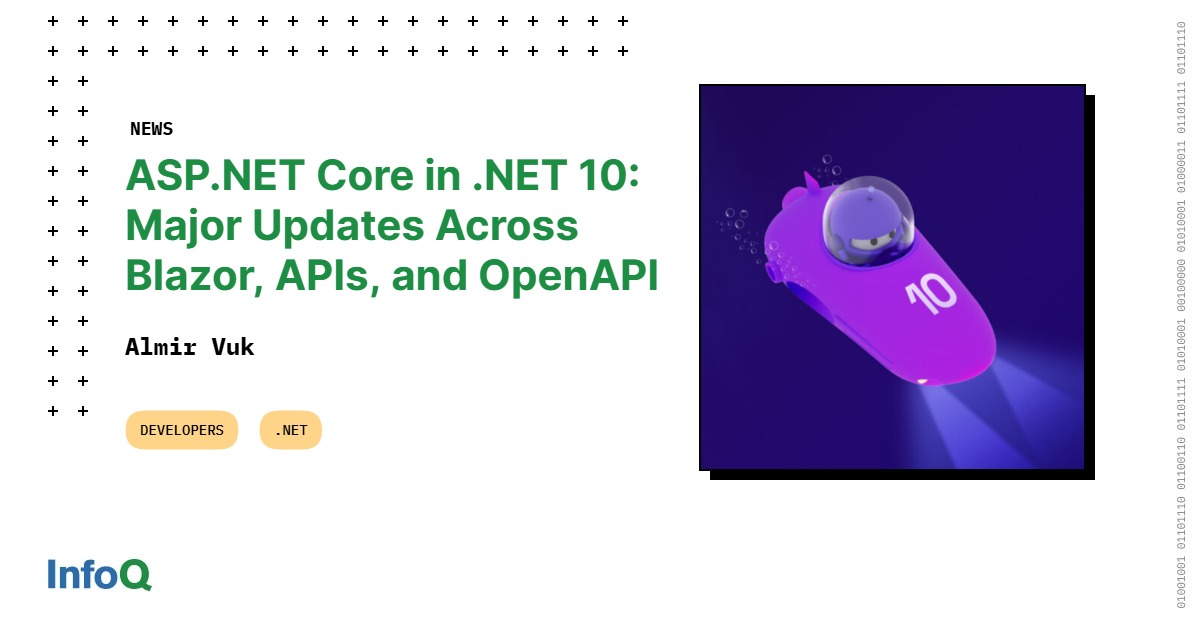Codetown
Codetown ::: a software developer's community
New Computer Guide
The following guide will help you to answer the questions of what you need, what do I upgrade, and more.
The first thing you need to consider is what you will be doing with the computer. Will you need to store a lot of video, pictures, and music? Will this be a media center PC? Or will this computer just be a basic email, websurfing, and word processing machine? Answers to all of these questions can help you decide what hardware you need.
Processor
The CPU is tough to upgrade later. However, if you don't do any gaming or CPU intensive stuff, you can probably just stick with a middle of the road processor.
Memory (RAM)
This is one area of the computer I would recommend upgrading no matter what you are planning to do with your pc. Most slow downs on people's computers is do to a lack of RAM. I would recommend at least 2 Gigs for Vista. If you can afford to go higher, do it. It will be worth it in the long run because it will keep your computer running faster longer.
Hard Drive
Make sure you get a hard drive with enough space for what you need. You may want to get a larger drive if you store a lot of music, pics, or video.
Video Card
Most users won't need to upgrade this. If you are a gamer or using intense video software, you may want to look at a better one.
Notes
Welcome to Codetown!
 Codetown is a social network. It's got blogs, forums, groups, personal pages and more! You might think of Codetown as a funky camper van with lots of compartments for your stuff and a great multimedia system, too! Best of all, Codetown has room for all of your friends.
Codetown is a social network. It's got blogs, forums, groups, personal pages and more! You might think of Codetown as a funky camper van with lots of compartments for your stuff and a great multimedia system, too! Best of all, Codetown has room for all of your friends.
Created by Michael Levin Dec 18, 2008 at 6:56pm. Last updated by Michael Levin May 4, 2018.
Looking for Jobs or Staff?
Check out the Codetown Jobs group.
InfoQ Reading List
New Front-End Framework Ripple Blends React and Svelte Together

Ripple is a new open-source front-end framework taking ideas from React, SolidJS, and Svelte into a TypeScript-first, component-oriented, JSX-like compiled language with fine-grained reactivity and scoped CSS. Ripple offers a reactivity system with automatic dependency tracking, and direct DOM updates without a virtual DOM. Ripple aims to support better debugging through AI agents.
By Bruno CouriolLearnings from Cultivating Machine Learning Engineers as a Team Manager

As an AI team manager, Vivek Gupta stays broadly informed to guide AI experts effectively and drive the team. Engineers need feedback on both technical and interpersonal skills, Gupta mentioned at Dev Summit Boston. He stresses learning time, asking for help, and cross-team collaboration. Mentorship, data handling, and human-in-the-loop validation are key to success for machine learning engineers.
By Ben LindersArticle: InfoQ Java Trends Report 2025

This report summarizes how the InfoQ Java editorial team and several Java Champions currently see the adoption of technology and emerging trends within the Java and JVM space in 2025. We focus on Java the language, as well as related languages like Kotlin and Scala, the Java Virtual Machine (JVM), and Java-based frameworks and utilities.
By Michael Redlich, Erik Costlow, Karsten Silz, Trisha Gee, Marit van Dijk, Richard Fichtner, Bert Jan SchrijverASP.NET Core in .NET 10: Major Updates Across Blazor, APIs, and OpenAPI

Microsoft has detailed the major updates to ASP.NET Core arriving as part of last month's .NET 10 release. As reported, this version delivers extensive improvements across Blazor, Minimal APIs, OpenAPI generation, authentication, and general framework performance.
By Almir VukFive AI Security Myths Debunked at InfoQ Dev Summit Munich

Katharine Jarmul challenged five common AI security and privacy myths in her InfoQ Dev Summit Munich 2025 keynote: that guardrails will protect us, better model performance improves security, risk taxonomies solve problems, one-time red teaming suffices, and the next model version will fix current issues. She said that current approaches to AI safety rely too heavily on technical solutions.
By Karsten Silz
© 2025 Created by Michael Levin.
Powered by
![]()
You need to be a member of Codetown to add comments!
Join Codetown